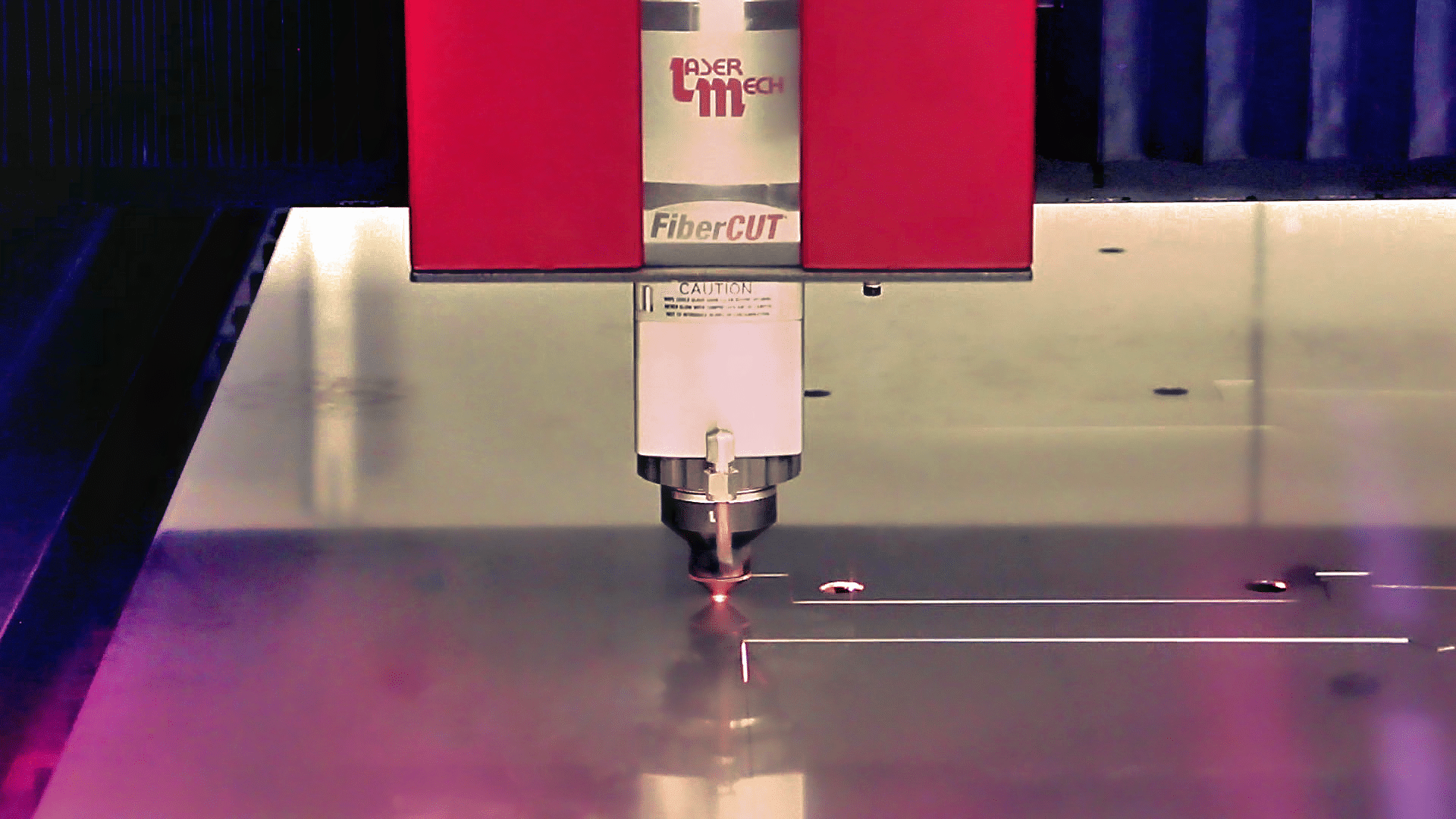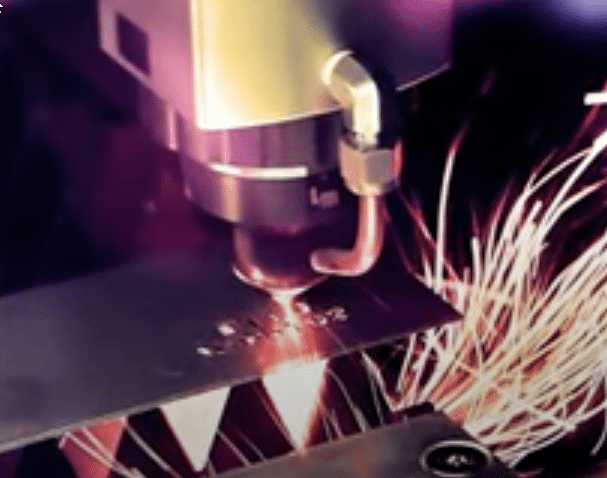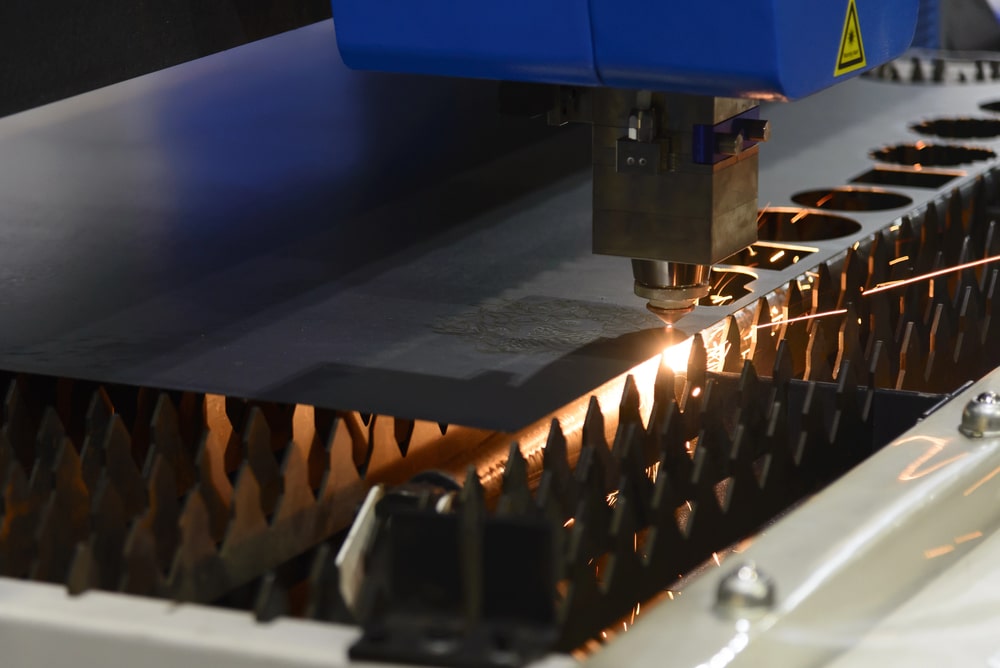How Thick of Metal Can a Fiber Laser Cut?
In the realm of metal fabrication and industrial manufacturing, precision and efficiency are paramount. The advent of fiber laser cutting technology has revolutionized the way metal is processed, offering unparalleled accuracy and speed. This blog post will explore how thick of metal a fiber laser cutter can cut, providing insights and practical tips for metal fabricators and industrial manufacturers. Expect to learn the intricacies of fiber laser cutting and how it can significantly enhance your metalworking capabilities.
Understanding Fiber Laser Cutting Technology

One of the key advantages of fiber lasers is their efficiency. These lasers convert more electrical energy into laser light, making them more energy-efficient compared to traditional CO2 lasers. Additionally, fiber lasers have a smaller focal diameter, allowing for more precise cuts. This precision is especially beneficial in industries where intricate designs are commonplace.
Fiber lasers are also incredibly versatile. They can cut a wide range of materials, from metals to plastics, and are particularly effective with reflective materials. This versatility, combined with their efficiency and precision, makes fiber laser cutters an invaluable tool in many industrial settings.
Factors Affecting Cutting Thickness
When it comes to cutting thickness, several factors influence a fiber laser cutter’s capabilities. The power of the laser cutter is a primary determinant. Higher wattage machines can cut through thicker materials, with some industrial-grade lasers reaching power levels of 10kW or more. However, it’s essential to balance power with precision; higher power settings might lead to wider kerfs and reduced edge quality.
The type of material being cut also plays a significant role. Different metals have varying thermal properties, affecting how easily they can be cut. For instance, aluminum, with its high reflectivity, may require adjustments in laser settings to achieve optimal results. Similarly, the condition of the material, such as surface coatings or impurities, can impact the cutting process.
Additionally, the quality of the laser beam and the focus of the cutting head are crucial. A well-maintained machine with precise beam focusing ensures consistent cuts and reduces the likelihood of defects. Regular maintenance and calibration are necessary to maintain optimal performance and extend the lifespan of the fiber laser cutter.
Maximum Thickness for Different Metals
Stainless Steel
Stainless steel is a staple in many industries, prized for its strength and corrosion resistance. With a high-powered fiber laser cutter, stainless steel sheets up to 3/8″ thick can be efficiently cut. The high intensity of the laser allows for smooth and precise edges, reducing the need for post-processing.
For thinner stainless steel sheets, fiber lasers excel in speed and precision. The focused beam minimizes heat-affected zones, preserving the material’s structural integrity. This capability is particularly beneficial in industries like automotive and aerospace, where precision and material properties are critical.
Aluminum
Cutting aluminum poses unique challenges due to its reflectivity and thermal conductivity. However, fiber lasers are well-equipped to handle these challenges. With the right settings, aluminum sheets up to 1/4″ thick can be cut with high precision. Adjustments in laser frequency and focus can further enhance the quality of the cut, reducing roughness and achieving clean edges.
Reflective materials like aluminum benefit from fiber lasers’ adaptability. By tweaking parameters such as pulse duration and beam angle, operators can achieve optimal results even with challenging materials. This flexibility ensures that aluminum remains a viable option for various applications.
Mild Steel
Mild steel is commonly used in construction and manufacturing due to its affordability and versatility. Fiber laser cutters shine in processing mild steel, with the ability to cut sheets up to 3/8″ thick. The efficiency of fiber lasers allows for quick cuts without compromising on accuracy, making them ideal for large-scale production runs.
The ability to cut through thicker mild steel sheets is particularly advantageous in construction and heavy machinery. Fiber lasers provide the strength and precision needed to tackle demanding applications, ensuring that projects are completed efficiently and effectively.
Titanium
Titanium’s strength-to-weight ratio makes it a valuable material in industries like aerospace and medical device manufacturing. Fiber lasers can cut titanium sheets up to 1/4″ thick, depending on the laser’s power and settings. The precision of fiber lasers ensures minimal material loss and high-quality edges, preserving the properties that make titanium so desirable.
For specialized industries, the precision and quality of cuts are paramount. Fiber lasers offer the level of accuracy required to work with high-value materials like titanium, ensuring that parts meet stringent industry standards and specifications.
Conclusion
Choosing the appropriate fiber laser cutter based on metal thickness requirements is crucial for maximizing efficiency and precision in metal fabrication. By understanding the capabilities of fiber lasers and the factors that affect cutting thickness, metal fabricators and industrial manufacturers can make informed decisions to enhance their operations.
The integration of fiber laser technology in the metalworking process not only improves accuracy but also offers significant cost savings by reducing waste and minimizing post-cut processing. For those ready to elevate their metal fabrication capabilities, fiber laser cutters present a powerful solution.
Have a project that requires fiber laser cutting? Contact us today for a full quote or give us a call for questions related to your project at (816) 257-1166.





